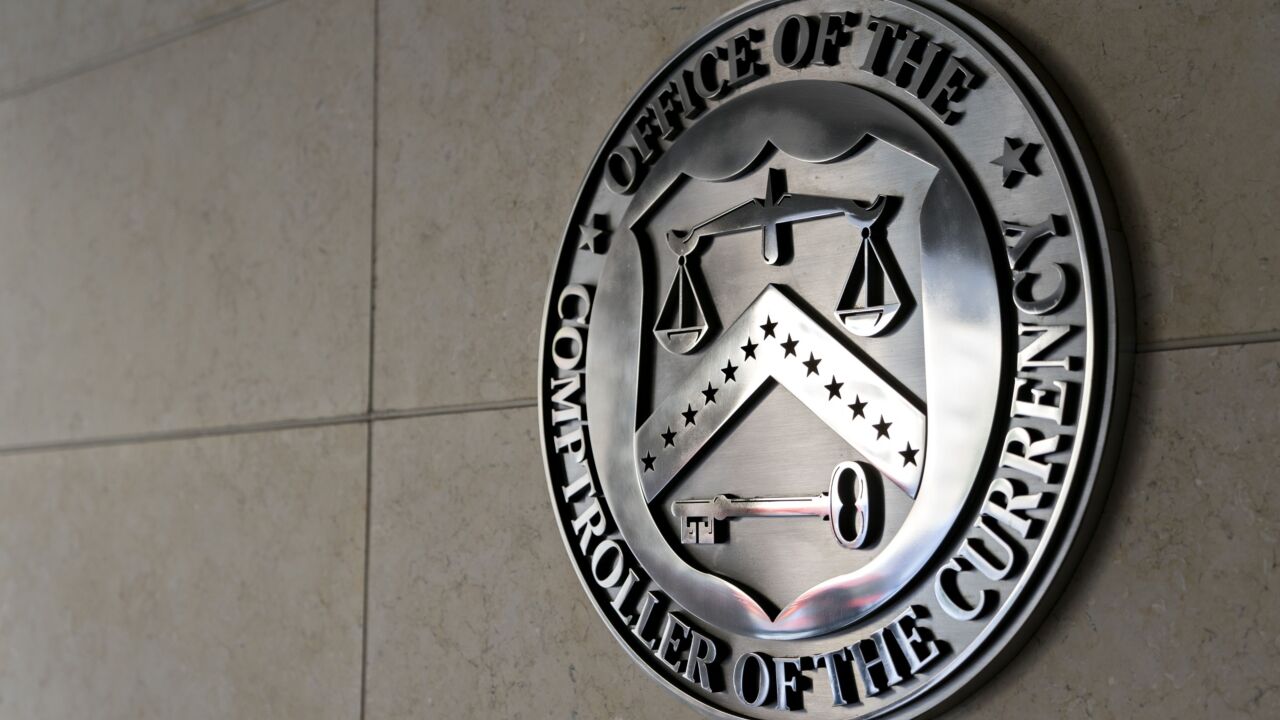Stablecoins
How are banks approaching dollar-backed digital assets (stablecoins)?
Stablecoins have moved from the edge of the
Banks are testing stablecoins for cross-border payments, liquidity management, and digital wallets. Some are also exploring how stablecoins can support interbank transactions or be issued directly by regulated institutions. As the landscape takes shape, stablecoins are starting to look less like an experiment and more like infrastructure.
-
By using a public blockchain, a potential digital euro could be made more widely available. Plus, Klarna expands its merchant reach as it resurrects plans for an IPO, Binance faces an audit and more in the American Banker global payments and fintech roundup.
August 27 -
As stablecoins gain broader adoption in the U.S., they will eat into banks' deposits. As a result, lending in the U.S. may be increasingly funded by the wholesale capital markets.
August 25
-
Federal Reserve Vice Chair for Supervision Michelle Bowman floated the idea of allowing employees to hold small amounts of digital currencies, arguing that it would help with retention and understanding of the product. But some questions whether the move will yield those results, or raise ethical problems instead.
August 22 -
FRNT is designed to streamline government disbursements while acting as a lure for digital financial services firms.
August 21 -
The Office of the Comptroller of the Currency Thursday terminated a 2022 enforcement order against Anchorage Digital, the first federally regulated crypto bank, at a time when fintechs and crypto firms are increasingly seeking national trust charters.
August 21 -
Noelle Acheson writes that new blockchains from Circle and Stripe are about more than customization and control over the features. They're about redistributing power across the payments landscape
August 21
-
More nonbank digital asset firms are applying for national trust charters, a development that many banking organizations oppose due to what they say is inadequate oversight, lack of congressional intent and no FDIC backstop.
August 21
The first three months of the year coincide with the start of President Donald Trump's second term in office. Investors are likely to be more interested in banks' outlooks amid swings in tariff policy than the first-quarter results.
Frequently Asked Questions:
How are banks approaching dollar-backed digital assets (stablecoins)?
Stablecoins have moved from the edge of the crypto, world to the center of policy and banking conversations. As regulators and banks weigh their role in payments, settlement, and reserves, this page follows the developments — from early pilots to proposed legislation.
Banks are testing stablecoins for cross-border payments, liquidity management, and digital wallets. Some are also exploring how stablecoins can support interbank transactions or be issued directly by regulated institutions. As the landscape takes shape, stablecoins are starting to look less like an experiment and more like infrastructure.
Why are banks paying attention to stablecoins?
Stablecoins are increasingly viewed as a potential upgrade to legacy payments systems. Banks are evaluating them for settlement, remittances, cross-border transactions, and tokenized deposit models.Are banks issuing their own stablecoins?
Some are exploring the option. Institutions like JPMorgan (with JPM Coin) and new entrants like PayPal are piloting bank-issued stablecoins, while others are watching regulatory developments before moving forward.How do stablecoins impact compliance and risk?
Issues include KYC/AML enforcement, cybersecurity, operational risk, and how reserve assets are held and reported. Banks exploring stablecoin activity must weigh both technological benefits and regulatory scrutiny.How are regulators responding to stablecoin innovation?
Congress is debating stablecoin-specific bills focused on reserve backing, issuer licensing, and oversight. The Federal Reserve, OCC, and state regulators are also shaping how bank involvement in stablecoin activity is supervised.How are banks using stablecoin?
Banks are using stablecoins to speed up cross-border payments, manage liquidity across global branches in real time, and test new forms of settlement between institutions. Some are integrating stablecoins into retail-facing digital wallets, while others are exploring interbank networks built on tokenized payments. These efforts are less about crypto speculation and more about making money move faster, with greater transparency and fewer intermediaries.- Real-time cross-border payments
- Internal liquidity management
- Retail-facing digital wallets
- Interbank tokenized payment networks
Top banks investing in stablecoin
List of institutions with greatest investment in stablecoin:- JPMorgan Chase – JPM Coin
- Custodia Bank – Avit Tokens
- Citigroup - Citi Token Services
- Societe Generale - USD CoinVertible
- Bank of America - Name yet to be released
- Fifth Third - Name yet to be released
- U.S. Bancorp - Name yet to be released






